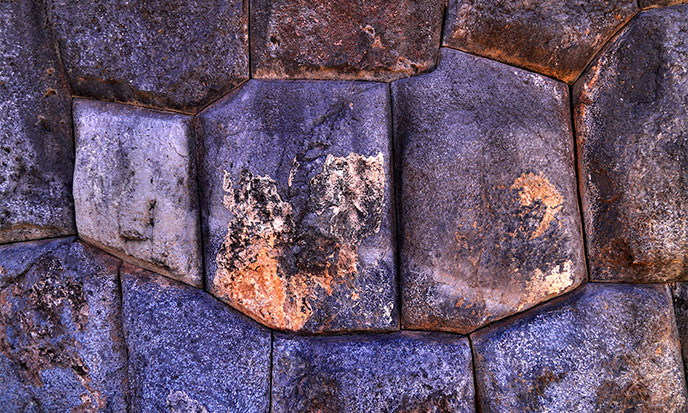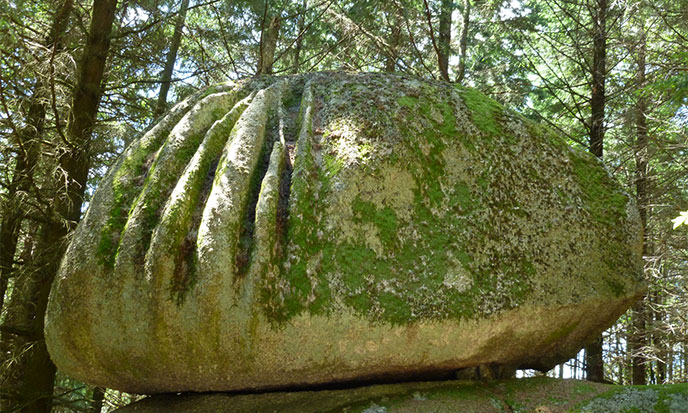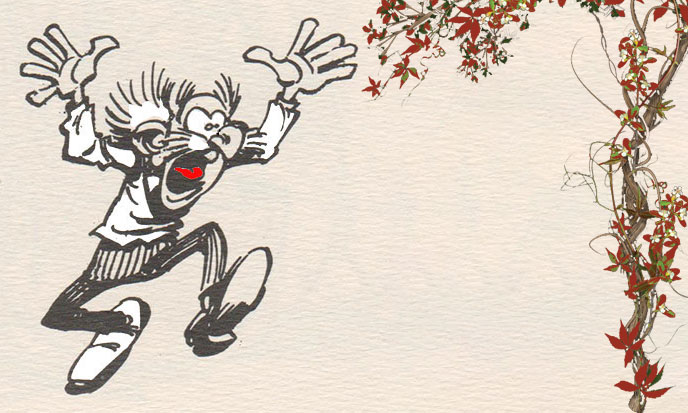
The cyclopean walls of Peru, Lebanon or elsewhere pose two sets of unanswerable questions: How have they been lifted? How were they cut and adjusted?
The first set of questions was addressed elsewhere. Now how was it possible to cut and fit stones of colossal weights, all different shapes, with up to fifteen or twenty edges?
A mason will tell you that despite all the art of the line, a complex stone of such size should be positioned, ground and positioned again before finding its proper place. Now with cyclopean blocks, such process is impossible. Unless you have solved the problem of gravity. Or unless you use the strength of a band of giants.
There is another hypothesis, very original. Manufacturers have used a lost art which allowed to soften and shape the stones. Yes, you read correctly.

Hiram Bingham, the discoverer of Machu Picchu, has “heard of a plant which juice could make the rock so malleable that the tightest fittings became possible.” (source)The Explorer of Machu Picchu, Hiram Bingham
Fawcett also reported having heard that the stones had been arranged thanks to a fluid which gave them the consistency of clay.
Having found a jar in a pre-Inca tomb, he wanted to put it in safety but it broke on a rock: “Ten minutes later, I examined the pool by accident. It was no more liquid; the entire area where it had poured, and the underlying rock had become soft like cement! It seemed that the stone had melted like heated wax.” (source)The Explorer of Machu Picchu, Hiram Bingham
The jar contained the juice of a plant that local villagers knew well. They could describe it with details: one foot high, dark red leaves, it grows in the Chuncho, Peru.
Reading these lines, a friend gave me this clarification: “The South American plant with the property of softening the stone has the name ‘harakkeh-ama’, it is corrosive and dark red. Of the book in 2 volumes ‘Investigation on the Unseizable’ by Fabrice Kircher & Dominique Becker at Editions Ramuel, 1998. “
Here is the full text, as it can be read on pages 211/212 of Volume 1:
“There exists in South America a plant about thirty centimeters in height, with dark red leaves, which the natives call harakkeh-ama, and whose juice, very corrosive, attacks the iron and … soften the rock “. Further on: “As Fawcett tells us, the pito, a small bird in the Andes, has a habit of digging its nest in the rock, and uses the juice of this plant: the bird brings back a leaf, Hangs to the rock wall, then rubs the rock with the leaf in a circular motion.Several leaves and back and forth are needed until the rock is softened to the consistency of the wet clay.So the bird begins To pit the rock, digging a circular depression which will serve as its nest. “This operation lasts only a few days.” (source)This information is taken from a book published in 1990, ‘The Secret Life of the Ground’ by Peter Tompkins and Christopher Bird.
Let him be thanked here. As for you who read these lines, this info is without price; make good use of it and thank my friend.

In this case, there is no problem of line drawing, nor of cutting, nor of fitting. The stone becomes a soft paste which flows in its place, and before it solidifies, a mason simply cut in it the edges and dovetails with a wooden shovel.
It will be objected that if the wall was poured into a mold cement, why would the builders poured different stones? Our concrete walls are cast in one block, or built in regular blocks.
There is another hypothesis given by a specialist of stone diseases, Louis C. Kervran.
This passionate researcher showed that “under the effect of certain organic bacteria and enzymes, the granite kaolinized. It was replaced on one to several centimeters thick, by a soft rock that can be cut with a knife without difficulty. ” (source)C. Louis Kervran, Transmutations naturelles non radioactives
Our author is probably right, especially as we had the same phenomenon on the cast iron. Moreover Pacôme de Champignac himself obtained a mushroom gas capable of softening the metals. He named it Metomol.Softmetal

Old cast iron pipes, buried too long, who have stayed for years in contact with plant enzymes, could also be cut with a knife. If granite and cast could be so easily cut, then the prowess of Cyclopean buildings becomes a little less amazing … Just a little less …
Among all the enigmas posed by this incredible construction, the transport of stones is not the least. Being soft does not deprive the stones of their enormous weight. Unless? …
Unless the builders brought small quantities of soft stone, say in buckets for instance, to pour the buckets one after the other in the pan, until the stone hardens? As an ordinary mortar, the stone would have hardened up. It would have moulded very precisely the shape of the stone on which it had been cast.
In this imaginary equation, there are several unknowns: the time it takes for the soft rock to solidify, the amount of sap needed to “melt” these enormous blocks, and some details of the process, which however seems quite simple. Perhaps you can find, lost in the Andes, a brujosorcerer who still uses this process? Thanks to him, the multiple enigma of the giant stones would find a simple, stylish and economical solution: people always do what requires the least effort.
Yet at the end of this discussion, let me tell you that I am not convinced. The solution of soft stones raised too many objections.
As long as we have not understood why these walls using these stones, no satisfactory solution will be proposed.

Latest News (02/18/2016) We report the exciting work of a researcher who says “the pyramids are cement-made.” Not really banal cement, he adds, but in a similar material he called geopolymer. According to him, the huge blocks have indeed been cast as liquid into molds, just as the concrete is poured into forms planks. More info here ..


